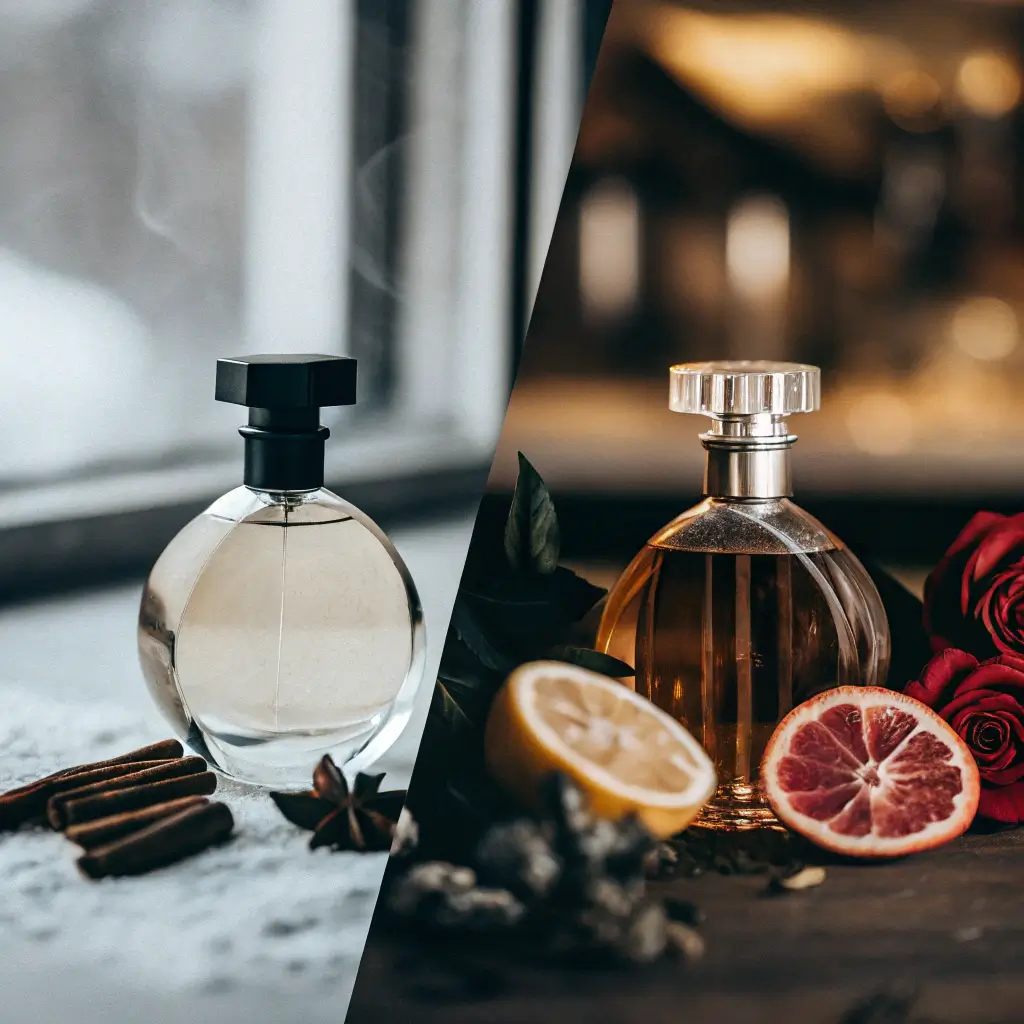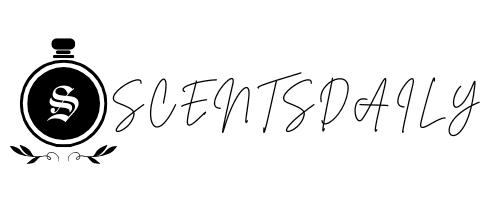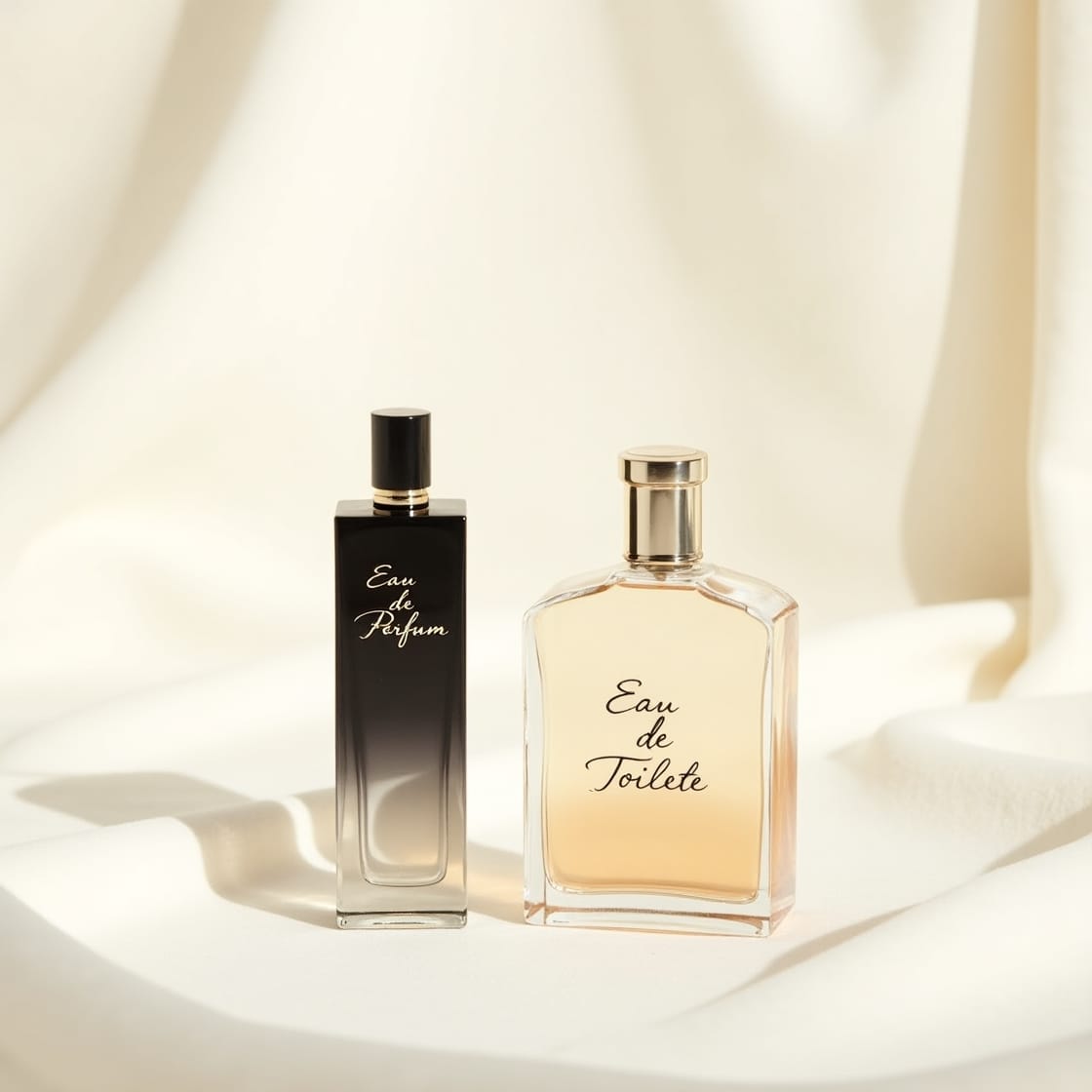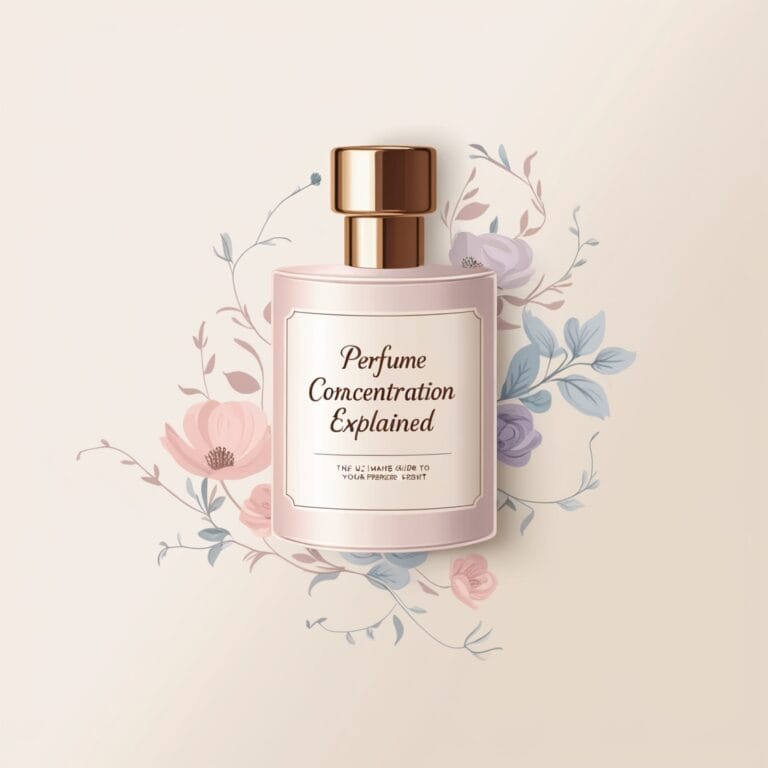Eau de Parfum vs Eau de Toilette – What’s the Difference ? The Ultimate Guide to Discover the Key Differences!
Choosing between Eau de Parfum vs Eau de Toilette can be confusing for fragrance lovers. While these popular perfume types might seem similar at first glance, they have significant differences that affect everything from scent intensity to longevity and price. Understanding these distinctions will help you select the perfect fragrance for any occasion and ensure you get the best value for your investment.

What Is the Difference Between Eau de Parfum vs Eau de Toilette?
The main difference between Eau de Parfum vs Eau de Toilette lies in their concentration of fragrance oils. This concentration directly impacts how strong the scent is and how long it lasts on your skin. Let’s explore the key characteristics of each:
Eau de Parfum: The Long-Lasting Luxury
Eau de Parfum (EDP) contains a higher concentration of fragrance oils, typically between 15% and 20%. This higher concentration gives EDP several distinctive qualities:
- Longevity: Lasts 6-8 hours on average
- Projection: Stronger scent that others can detect from a greater distance
- Complexity: More pronounced middle and base notes
- Best for: Evening events, special occasions, and colder seasons
- Value: Higher price point but requires fewer applications
The rich concentration in an Eau de Parfum allows the fragrance to develop fully on your skin, revealing complex layers of scent as hours pass. The initial spray might be intense, but it’s the middle and base notes that truly shine with EDP formulations.
Eau de Toilette: The Versatile Classic
Eau de Toilette (EDT) contains a more moderate concentration of fragrance oils, usually between 5% and 15%. This creates a distinctly different experience:
- Longevity: Lasts 3-5 hours on average
- Projection: Lighter, more subtle scent profile
- Emphasis: More prominent top notes with less complex dry-down
- Best for: Daytime wear, office environments, and warmer weather
- Value: More affordable with a lighter application
An Eau de Toilette delivers a refreshing burst of fragrance that doesn’t overwhelm. The top notes—those you smell immediately after spraying—are particularly vibrant in EDT formulations, making them perfect for creating a positive first impression without dominating a room.
How to Choose Between Eau de Parfum vs Eau de Toilette
When deciding between Eau de Parfum vs Eau de Toilette, consider these factors to make the right choice:
1. Occasion and Setting
The context where you’ll wear your fragrance should influence your choice:
- Formal events and dates: Opt for an Eau de Parfum with its lasting impression and sophisticated evolution
- Office and casual settings: Choose an Eau de Toilette for its lighter touch and more subtle presence
- Seasonal gatherings: EDPs work beautifully in fall and winter, while EDTs shine in spring and summer
2. Longevity Requirements
Consider how long you need your fragrance to last:
- All-day events without reapplication: Eau de Parfum is your best choice
- Few hours or with opportunity to refresh: Eau de Toilette offers flexibility with a lighter feel
3. Budget Considerations
Your fragrance budget matters when choosing between Eau de Parfum vs Eau de Toilette:
- EDPs typically cost 20-30% more than their EDT counterparts
- EDTs require more frequent application but come at a lower initial price point
- Consider cost-per-wear rather than just bottle price—an EDP might last longer with fewer sprays
4. Personal Preference for Intensity
Some people simply prefer lighter or stronger scents:
- If you enjoy a subtle fragrance whisper, Eau de Toilette aligns with your preference
- If you love a more noticeable, statement-making scent, Eau de Parfum will satisfy your desire
The Scent Evolution: Eau de Parfum vs Eau de Toilette
The way a fragrance evolves over time differs significantly between Eau de Parfum vs Eau de Toilette formulations.
Top Notes Experience
The initial scent you experience immediately after application:
- EDT: Bright, vibrant top notes that make an immediate impression
- EDP: Still noticeable top notes but less pronounced compared to the middle and base notes
Middle and Base Notes Development
How the fragrance develops hours after application:
- EDT: Middle notes emerge but may fade relatively quickly
- EDP: Rich, complex middle and base notes that develop beautifully throughout the day
This evolution creates distinctly different experiences. The same fragrance in EDT vs EDP form can feel like two different scents after several hours of wear.
Eau de Parfum vs Eau de Toilette: Price-Value Analysis
Understanding the value proposition of Eau de Parfum vs Eau de Toilette helps make a smart purchase:
Initial Investment vs. Long-Term Value
| Factor | Eau de Parfum | Eau de Toilette |
|---|
| Initial price | Higher ($80-150+) | Lower ($50-120) |
| Sprays needed | Fewer (1-2) | More (3-4) |
| Reapplication | Rarely needed | Often needed |
| Bottle longevity | Lasts longer | Used up faster |
While the initial investment for an Eau de Parfum is higher, you may find it provides better value over time due to using fewer sprays and requiring less frequent reapplication.
Same Fragrance, Different Concentration
Many popular fragrances are available in both EDP and EDT formulations. While they share the same name and general scent profile, they’re not identical:
- The Eau de Toilette version often emphasizes the lighter, fresher elements
- The Eau de Parfum version typically enhances the deeper, richer aspects
This means you might prefer a fragrance in one concentration over the other, even with the same fragrance name.
FAQ About Eau de Parfum vs Eau de Toilette
Is Eau de Parfum better than Eau de Toilette?
Eau de Parfum vs Eau de Toilette isn’t a matter of one being better—they serve different purposes. EDP offers longer-lasting, more intense fragrance while EDT provides a lighter, fresher experience. Your preference depends on occasion, season, and personal taste.
Do Eau de Parfum and Eau de Toilette smell different?
Yes, even the same fragrance will smell somewhat different in EDP vs EDT form. The Eau de Parfum highlights middle and base notes with greater intensity, while the Eau de Toilette emphasizes top notes and creates a lighter overall impression.
Is Eau de Parfum worth the extra cost?
For many fragrance enthusiasts, the additional investment in Eau de Parfum is worthwhile due to its longer-lasting nature and reduced need for reapplication. If longevity and scent development are important to you, the price difference is often justified.
Can I layer Eau de Parfum and Eau de Toilette?
Yes! A popular technique among fragrance connoisseurs is to apply the Eau de Toilette version all over, then add strategic touches of the Eau de Parfum version on primary pulse points for a custom fragrance experience with enhanced complexity and longevity.
Should men use Eau de Toilette and women use Eau de Parfum?
The choice between Eau de Parfum vs Eau de Toilette isn’t gender-specific. Both men and women can wear either concentration based on their preferences, the occasion, and the specific fragrance. Traditional men’s colognes were often EDT strength, but many modern men’s fragrances come in EDP concentration for superior longevity.
Making Your Final Decision: Eau de Parfum vs Eau de Toilette
When choosing between Eau de Parfum vs Eau de Toilette, consider these practical recommendations:
- Try before you buy: Test both concentrations on your skin, not just paper strips
- Consider your collection: A mix of EDPs and EDTs offers versatility for different situations
- Understand the value equation: Calculate cost-per-wear rather than just bottle price
- Start with classics: Renowned fragrances often have excellent versions in both concentrations
The perfect choice between Eau de Parfum vs Eau de Toilette ultimately depends on your unique preferences, lifestyle, and the specific occasions where you’ll wear your fragrance. By understanding the key differences outlined in this guide, you’re now equipped to make a confident, informed decision.
Further Reading: Fragrance Tips & Guides





